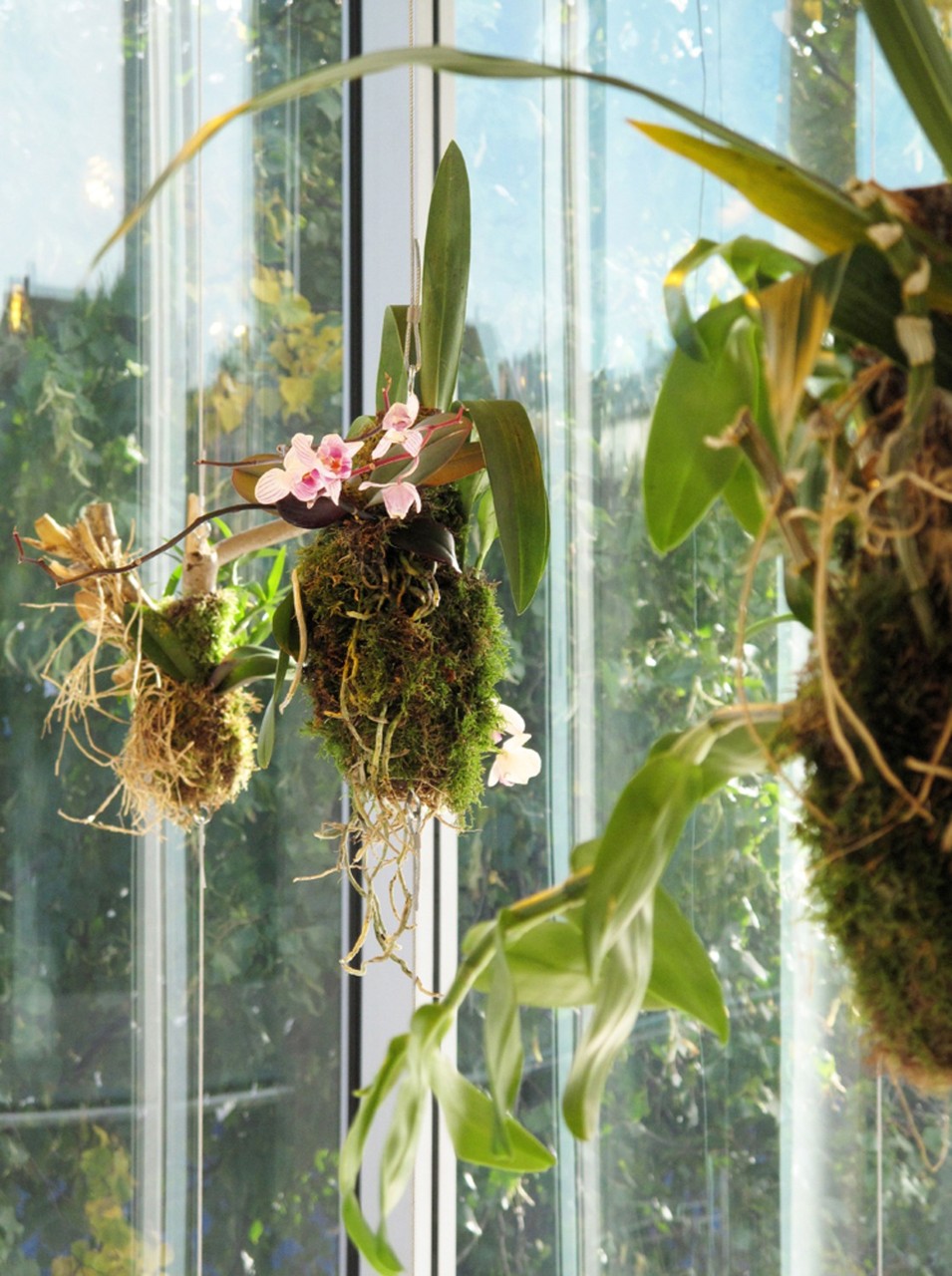Life Forms
16 Sep 2009 - 10 Jan 2010
LIFE FORMS
16 September 2009 - 10 January 2010
This autumn’s large exhibition Life Forms invites us to join in a discussion about how the nature of our day is seen in contemporary art.
The exhibition brings together a group of noted, internationally active artists who depict nature, the universe and the broader ecological contexts. In a time of environmental pollution and climate change, Life Forms is intended to reveal the way that the relationship between nature and culture, human and landscape, is depicted today. How does contemporary art imagine our life on earth? Is it an unmitigated apocalyptic landscape, trashed and exploited, that contemporary art travels through? Or is there, in art, room for new utopias, in which art can contribute to the discovery of new life forms? A desire to find a way back to an imagined, more original state, or does it present images of completely new worlds and life forms in which the centre stage is not occupied by human beings?
Life Forms has links with the land art and installation art of the 60s’ and 70s’. The exhibition includes painting, drawing, installation, photography, video and large-scale sculpture. On display are Charles Avery’s project The Islanders, in which the artist has created his own world of unique flora and fauna, and Katie Paterson’s map of the 27,000 dead stars that people have discovered in the universe. Henrik Håkansson’s hundreds of orchids will cover Bonniers Konsthall from floor to ceiling. There is also a contribution from Jani Ruscica, whose video installation samples sounds made by bats with beatboxers from New York.
16 September 2009 - 10 January 2010
This autumn’s large exhibition Life Forms invites us to join in a discussion about how the nature of our day is seen in contemporary art.
The exhibition brings together a group of noted, internationally active artists who depict nature, the universe and the broader ecological contexts. In a time of environmental pollution and climate change, Life Forms is intended to reveal the way that the relationship between nature and culture, human and landscape, is depicted today. How does contemporary art imagine our life on earth? Is it an unmitigated apocalyptic landscape, trashed and exploited, that contemporary art travels through? Or is there, in art, room for new utopias, in which art can contribute to the discovery of new life forms? A desire to find a way back to an imagined, more original state, or does it present images of completely new worlds and life forms in which the centre stage is not occupied by human beings?
Life Forms has links with the land art and installation art of the 60s’ and 70s’. The exhibition includes painting, drawing, installation, photography, video and large-scale sculpture. On display are Charles Avery’s project The Islanders, in which the artist has created his own world of unique flora and fauna, and Katie Paterson’s map of the 27,000 dead stars that people have discovered in the universe. Henrik Håkansson’s hundreds of orchids will cover Bonniers Konsthall from floor to ceiling. There is also a contribution from Jani Ruscica, whose video installation samples sounds made by bats with beatboxers from New York.

